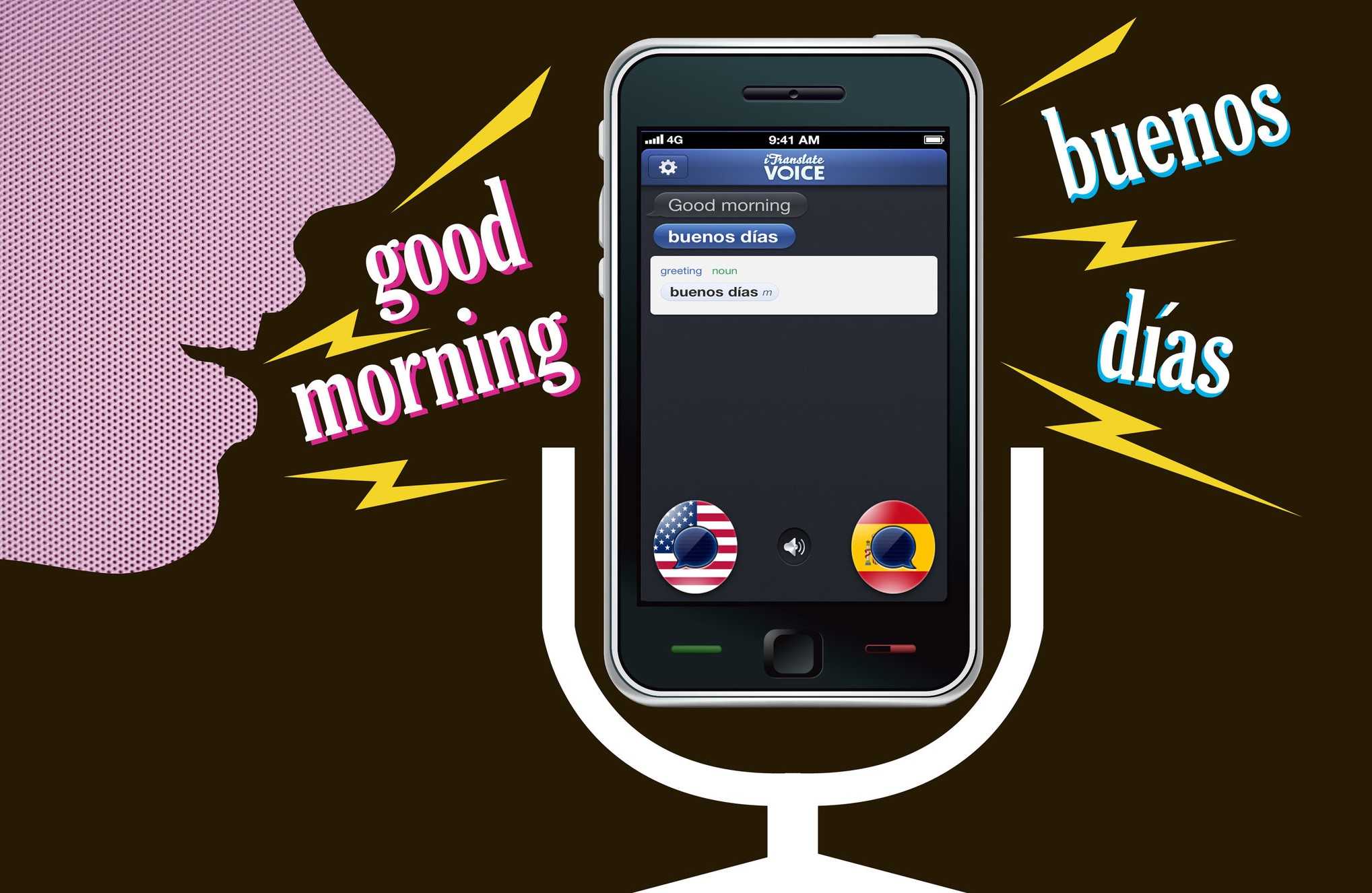Voice-Powered Translation - How to Translate Using Speech Input

Introduction
In an increasingly globalized world, effective communication across language barriers is essential. Voice-powered translation, which allows you to translate using speech input, has emerged as a powerful tool to bridge these gaps. In this article, we will explore how to translate using speech input, its advantages, and the challenges it presents.
How to Translate Using Speech Input
Voice-powered translation is made possible by advanced language processing technologies and the integration of speech recognition and machine translation. Here’s how to use it effectively:
- Choose a Translation App: There are several translation apps available, such as Google Translate, Microsoft Translator, and Apple Translate. Download and install the app of your choice.
- Select Languages: Open the app and select the source and target languages. These are the languages you will be translating between.
- Enable Speech Input: Most translation apps have a microphone icon or a speech input option. Tap on it to enable voice input.
- Speak Clearly: Speak the sentence or phrase you want to translate clearly and at a natural pace. The app will recognize your speech and display the translation on the screen.
- Listen or Share: You can listen to the translation to ensure accuracy. Some apps also provide the option to share the translated text via messaging or email.
- Conversational Mode: Many translation apps offer a conversational mode that allows you to have a back-and-forth conversation with someone in another language. Simply tap the microphone and speak, and the app will translate your speech into the selected language and vice versa.
The Benefits of Using Speech Input for Translation
- Efficiency: Voice-powered translation is quick and efficient, making it ideal for real-time conversations or when you need a rapid translation.
- Natural Communication: It allows for more natural communication, as you can speak freely rather than typing or writing.
- Accessibility: Voice input is particularly useful for individuals with limited typing abilities or those who find it challenging to write in a foreign script.
- Learning Aid: Language learners can use voice input to practice pronunciation and receive instant feedback on their speech.
- Convenience: When traveling, voice-powered translation can help you navigate unfamiliar environments, read signs, and communicate with locals.
The Challenges of Using Speech Input for Translation
- Accuracy: While advancements in speech recognition technology have improved accuracy, errors can still occur, especially with accents or dialects.
- Background Noise: Background noise can interfere with speech recognition, leading to inaccuracies in translation.
- Limited Context: Voice input may not capture the context of a conversation accurately, leading to potential misunderstandings.
- Privacy Concerns: Some users may have concerns about their spoken words being recorded and processed by translation apps.
Conclusion
Voice-powered translation has revolutionized the way we communicate across language barriers, offering efficiency and convenience in our increasingly globalized world. By using speech input, you can quickly and naturally translate spoken words, making it a valuable tool for travelers, language learners, and professionals alike. However, it’s essential to be aware of the challenges, such as accuracy and privacy concerns, and use voice-powered translation judiciously. As technology continues to advance, voice-powered translation is poised to become even more accurate and integrated into our daily lives, fostering greater cross-cultural communication and understanding.